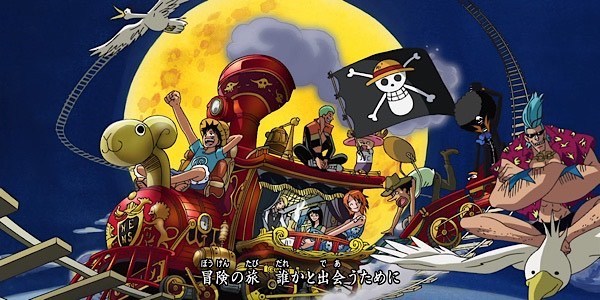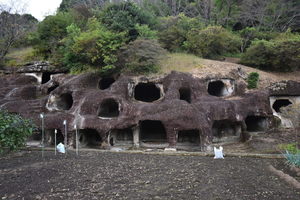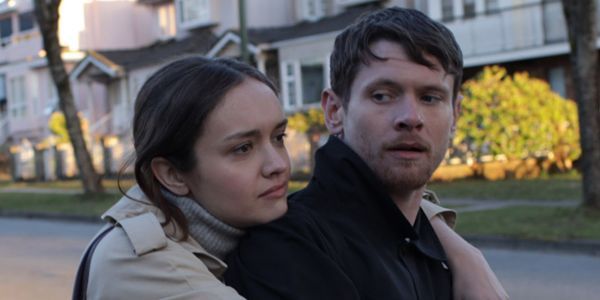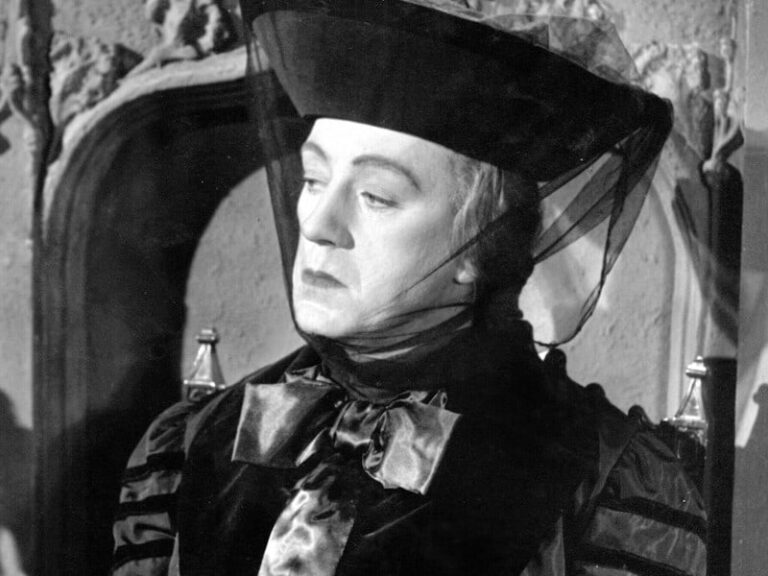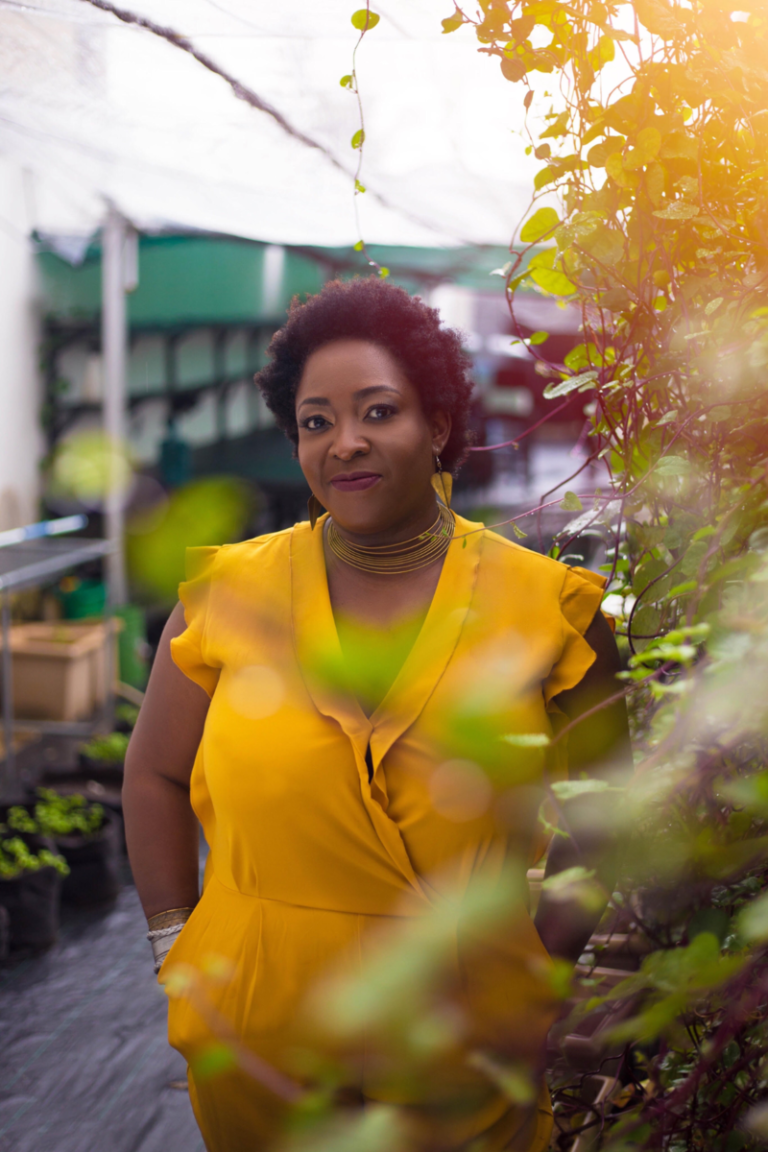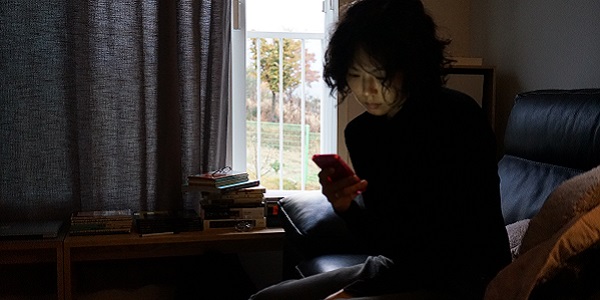The Interior and Exterior Worlds of Color in ‘Uncut Gems’
In our Color Code column, Luke Hicks chooses a handful of shots from a favorite film in order to draw out the meaning behind certain colors and how they play into both the scene and the film as a whole. For his fourth entry, he digs into the Safdie brothers’ Uncut Gems.
Uncut Gems is a visual feast, a masterclass in the art of color composition. Color is a prevalent aspect of filmmaking for which decisions must be made for every costume, prop, wallpaper, accessory, you name it. Holistic directors like the Safdie brothers toil over color choices with production designers, art directors, costume designers, cinematographers, etc. until the shot(s) in question achieves a certain color scheme or palette.
From the kaleidoscopic opening crawl to the heart of the club to the Diamond District, there is a kinetic energy to the color of Uncut Gems, as if it’s been zapped into existence. Using color theory, I’ll unpack five shots that showcase the Safdies and DP Darius Khondji‘s use of color to create tonal and thematic consistency, draw out emotional upheaval, and keep us thoroughly immersed in the interior and exterior worlds of the film.
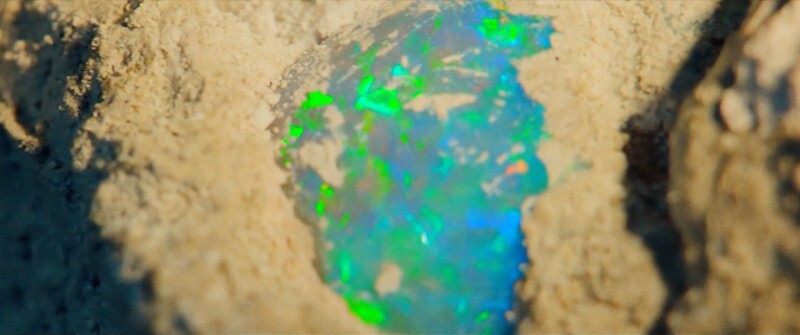
“Holy shit, I’m gonna cum,” says a nearly drooling Howard, fawning for the first time over the propulsive wonder that is the uncut gem – an Ethiopian black opal that yields prosperity and death in shocking fashion in 2012 Manhattan. This image, however, is our first glimpse, coming just before the camera zooms into the gem to find the title card. It takes place two years prior.
The dry beige rock is raw, sharp like an oyster, freshly chipped from the stone wall of the Welo mine shaft we’re in. Direct light from the flashlight above electrifies the window of the gem, the center of the shot swimming in voltaic shades of green and soft hues of cobalt blue. The red-orange pinpricks look like cells fusing into a drop of fire that creates a triadic scheme (three equidistant colors on the color wheel) in tandem with the lighter greens and violet blues.
Lime green commands the palette aesthetically and thematically. Green often represents energy and health, but the lime shade adds a sharpness. In the world we’re about to enter, health seems to exist at the mercy of energy – an acidic, battery-operated energy that fuels Howard with the preternatural ability to always continue lying, screaming, and betting his way into deeper shit. The color of money is also associated with greed and envy, which Howard exhibits ad nauseam.
Of course, it’s also associated with luck. Under a microscope, the anomalous breed of luck in Uncut Gems is a neutral force. The good and bad extremes cancel each other out. Consider the fact that no one has ever lost harder on two big wins in a row than Howard Ratner (Adam Sandler). The serendipity of meeting Kevin Garnett is married to the baggage that follows him. The movie mirrors the gem in this way, a modern marvel of filmmaking excellence that simultaneously wows and wallops viewers with circumstantial distress.
The red-orange glint is powerful for how small it is. A bullet hole waiting to manifest in Howard’s cheek in the exact same position, it warns of a looming danger that is impossible not to notice despite its minor role (cough, Phil, cough). Blue quietly lurks in the shadow of the lime green. It feels ominous and cold as if it’s waiting for us beneath the surface. And, well, it is.
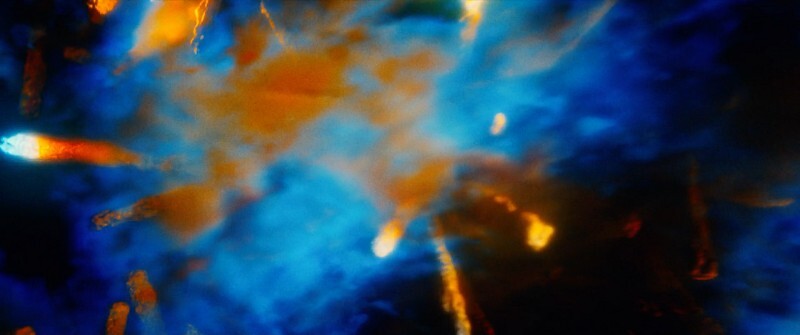
If the previous shot is the big picture encapsulation, in color, of everything we’re about to experience, this shot is the immersion, our initial descent. It comes only seconds later after the camera has plunged deep into the pinfire pattern of the gem. Whatever we thought we saw in the previous image is now heightened by a Magic School Bus-esque trip through the looking glass scored by Daniel Lopatin’s transcendent “The Ballad of Howie Bling.”
“They say you can see the whole universe in opal,” Howard tells Garnett. That’s because opals, unlike other gems, are not minerals. According to the Gemological Institute of America, opals are a product of “centuries upon centuries of seasonal rains that leach microscopic silica particles from sandstone, carrying them deep into underground fissures and cavities.” As they dry, they form a clustered lattice of silica spheres that dance across the spectrum of light and give us the opal’s defining prismatic color.
The Safdies must have known this because they created a gem interior that feels like the cosmos. We soar through the microcosm universe at an erratic pace (as we do in Howard’s universe), swallowed in its blackness, passing gaseous collections of color that resemble supernovas, taking sharp turns to god knows where. This cluster is one of many we encounter.
Sky blue and royal blue cloud the image with shades of red and orange knifing out in several directions. The distinction of red and orange in combination with the blues make this a split complementary color scheme, which is when a primary color is met by two colors that sit opposite of it on the color wheel. The blues are still ominous – cold, impersonal, and mysterious. The Safdies also use it as an associative color throughout the film that represents iciness, masculinity, and sadness (perhaps brokenness, as well).
The red and orange are close enough to act together, but they’re also distinguished from one another. Red once again represents danger and violence. But the more we dig into the meaning behind the color, the more we see Howie. For example, red also signifies obstinance and action, two things that define him.
The burnt and golden shades of orange are complementary to this characterization through color. Like bullets frozen in slow motion, they shoot threateningly out of the clouds in streaks of risk, extroversion, and self-indulgence. Unsurprisingly, orange is also the color of adventure, a word malleable enough to apply in equal measure to Dora the Explorer and…this. Howard, or Howard’s adventure (i.e. the film as a whole), is contained in the image, itself a singular, haywire display of allure that is difficult to look away from.
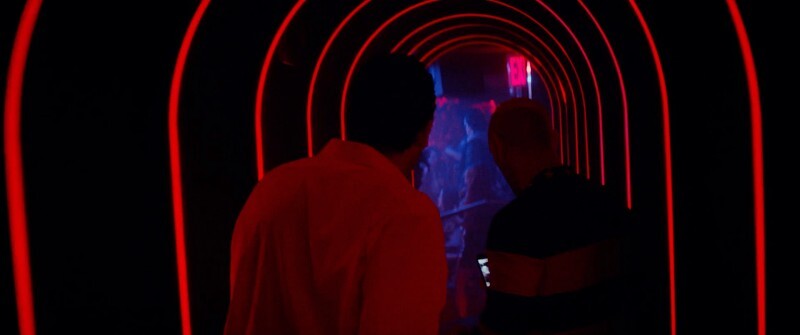
The previous shot also introduces us to the theme of tunnels, or portals. Passing through time and space inside the gem, we are transported from the Welo mines to New York City, or the inside of Howard’s colon, to be exact. The only other time we explicitly enter the gem is when Garnett peers into it for the first time only to see his life flash before his eyes, the gem a portal into his past. One could also argue we enter the gem after we enter Howie at the end, the hole in his face a tunnel that runs through the gem and into the afterlife.
This red, neon-striped club tunnel, however, is by far the coolest literal tunnel in the movie. I don’t point it out to harp on the meaning of red, but to emphasize the way the Safdies consistently use color in concert with theme. Here, we have a dark, villainous, Darth Vader-y tunnel that takes Howie from the main club to the VIP lounge where his girlfriend Julia (Julia Fox) is getting better acquainted with The Weeknd, one of many mini-bosses Howie must defeat to face Bowser (read: Phil).
The wiry red neon signals the passion and anger that’s soon to burst from Howard in the form of a physical altercation, and the red-streak tunnel, as a whole, mirrors the inside of the gem. The vertical tubes are also an exact match to the red neon tubes we see running up the wall in his apartment when he surprises Julia. There, red denotes a different kind of passion but is still associated with Julia. In other words, the color and nature of the tunnel points to the endgame.
When Demany (Lakeith Stanfield) disappears into the Celtics locker room, he does so down a black and gray tunnel and we never find out where he goes. When anyone enters the brightly lit jewelry shop, they go through the sterile, glistening marble hallway, a sign of luxury. When Howard walks through a scaffolding tunnel, he has an amicable chat with his Diamond District pals just before the Safdies cut to the extended family at Seder dinner.
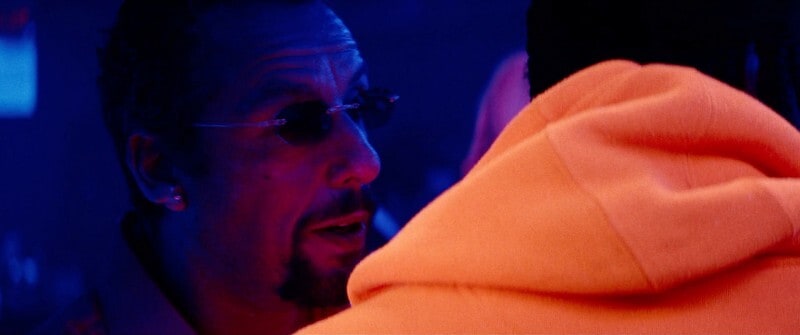
In the gemology world, the spectacular hues of black opal are referred to as “play-of-color,” a term that applies just as uniquely here. Demany’s tiger orange jacket glows in the blacklight, casting an incandescent red on everyone around him in one of the more memorable color plays on celluloid this side of the century. The neon of it all is captivating, no doubt, but stopping there would be taking the image at face value.
When compared to the interior image of the gem, one can see how the Safdies use color to re-create that cosmological aura in the real world. Suddenly, Demany is the orange speckle from the gem swarming blue in the club. Instead of plunging into the rock, we’ve plunged into the club. Howard has just found out that Demany left the gem with Garnett again, and he’s furious. If it weren’t for Demany’s crew, Howard would’ve been kicked out for brawling before he ever knew Julia was in the bathroom with The Weeknd.
Like the interior opal shot, this one follows a split complementary color scheme, piercing orange and pinkish-red sitting across the color wheel from Egyptian blues that verge on purple. The continuity of the colors across the film makes them thematically associative. The blue draped over the club still evokes Howard’s cold, cruel behavior along with the profound sadness he will eventually fess up to (“I’m so sad; I’m so fucked up”).
Darker shades of blue are also associated with pessimism and hypocrisy, concepts Howard has all but mastered. Here, he harangues Demany for not having the rock despite blatantly screwing over those he’s indebted to on a daily basis. Later, when the situation flips, so do the colors. The next day, Demany screams at Howie for running Garnett rampant, not having the championship ring, and loaning out the watches he was trying to sell. While Howard takes a phone call, Demany pours a drink into the aquarium, turning the water into the same shade of red that reflects from his jacket, which takes over the tank and is complemented by peripheral deep blues.
Back to this scene, the vivid fuchsia hair behind Howard is an extreme shade of pink that alludes to the hyper-emotional spirit of the club sequence and Howie’s inability to control himself. It stands in opposition to the kinder shade of pink that adorns his showroom and makes him feel at home.
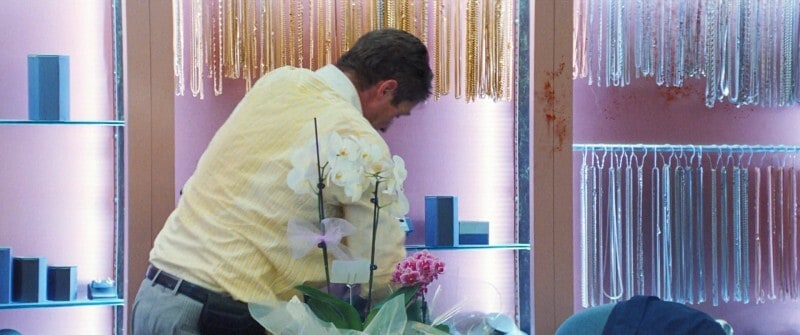
The KMH Gems & Jewelry showroom has a lot to offer by way of color. To start, it looks like a Kardashian Easter in there: pastel pink and yellow, bright whites, chrome, gold, luxury dangling from the walls, monotoned navy jewelry stands, blossomed flowers. It’s too messy to determine a clean color scheme, but we can interpret the colors into the ground, specifically the blush pink, canary yellow, and white.
The shop is also chock full of glass that creates the thematic illusion of transparency, which couldn’t be more absent from a place than it is from KMH. This is Howard’s swindling hub after all. Like he is (or, in this case, was) a living, breathing obfuscation of honesty, the reflective glass around the shop is an obfuscation of fluorescence that keeps the place glowing, even when he’s dead and gone and there’s blood on the walls. Fluorescence is light at its most extreme, most unrelenting, and least tolerable. It matches Howard in that. Phil, too.
Here, we see the putridly evil Phil (Keith William Richards) pillaging the shop for his loot after delivering one of the most notorious shocks in modern film history: a bullet that sends an elated Howard to his grave. If you were lucky enough to see Uncut Gems in theaters, the sound of the gunshot was probably drowned out by the shrieks it precipitated. But at least Howard died at home.
While KMH is probably none of these things to most of us, to Howard it’s calming, secure, and familiar, sentiments evoked by more delicate shades of pink. When Howard can’t go home because of a bloody nose, he goes to KMH. When he hits rock bottom after the auction goes south, he goes to KMH. When he needs to focus, he goes to KMH. There, he is in control. He has hope. He might even prefer it to his actual home.
The white neon rods turn into a rosy glow the further we get from the center of them, both colors matching the beautiful flowers centered ironically on a doubly murderous Phil. The white flowers with yellow centers nearly blend into Phil’s inverse-colored button-down. White is often associated with sterility, which is ever-present here, but it’s also connected to businesses and institutions, and no one means business more than Phil, hence wearing a shirt crowned by a stiff white collar. And, if you’re secretly happy about Howard’s death for Julia’s sake, white happens to represent new beginnings.
Yellow, on the other hand, signals impatience, egotism, cowardice, impulsion, and spite, all of which apply to the combustible Phil. I hate to kick him while he’s down, but they apply to Howard. He lays just below the screen, mouth slightly agape, his small, black, rimless glasses directing the attention away from his wide eyes and into the bullet-carved tunnel in his cheek that will lead us into the infinite beyond.
